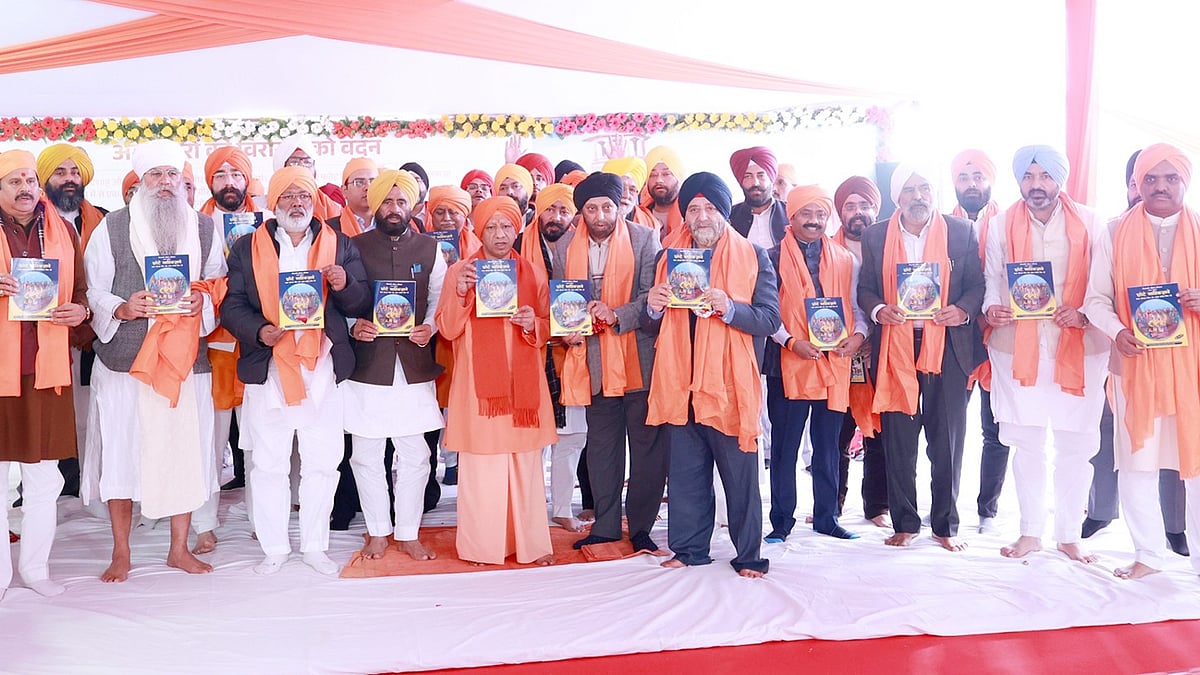The Department of Atomic Energy has issued a press release wherein it slammed certain reports in the media about the ‘adverse radiation effects’ of operations of Uranium Corporation of India Ltd. (UCIL) in Jaduguda of East Singhbhum district of Jharkhand. It termed these reports as “speculative, misleading and are not based on scientific facts”.
It said that, “Uranium Corporation of India Ltd. (UCIL) is a responsible organization, under the Department of Atomic Energy (DAE), Government of India, and is well aware of its responsibility towards the workers, members of the public and the environment.
State-of-the-art radiological and industrial safety measures as per the International and National Standards prescribed by the International Atomic Energy Agency (IAEA) and Atomic Energy Regulatory Board (AERB), India are adopted in all operations of UCIL. Radiological monitoring at workplace and in the environment around UCIL facilities has been undertaken right from the inception of the operations for the last five decades. The workplace and environmental monitoring data is periodically reviewed by National and Regional regulatory bodies like AERB, Directorate General of Mine Safety (DGMS) and State Pollution Control Board. The exposure to members of the public arising due to UCIL operations in the region is a small fraction of the natural background radiation and is well below the permissible level stipulated by International and National regulatory bodies.”
The DAE said that UCIL had arranged few additional health and demographic surveys in the vicinity of the facilities. “Some of these surveys were conducted in collaboration with the Government of Bihar, and doctors from various organisations like Tata Main Hospital, Jamshedpur and BARC, Mumbai. The team unanimously concluded that the disease pattern seen in the vicinity of UCIL facilities cannot be ascribed to radiation exposure.
The studies clearly show that the UCIL operations do not have any discernable impact on the workers, members of public and the surrounding environment.”



.jpeg)





